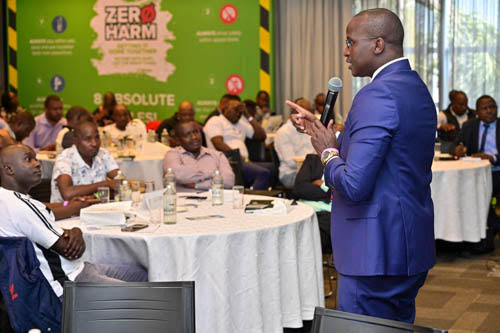
Accelerating Safer Roads Through Lifesaving Skills
The College, on November 13, 2025, took a significant step toward strengthening emergency response and road safety in Kenya during a high-level consultative meeting held at the EKA Hotel in Nairobi. The engagement, attended by representatives of the Japan International Cooperation Agency (JICA), road safety stakeholders, and KMTC officials, centred on the College’s Boda Boda First Responder Training Initiative, a country-wide programme transforming riders into lifesavers.
KMTC CEO Dr. Kelly Oluoch highlighted the vital role of boda boda riders as first responders, especially in areas where emergency services are delayed. With over 1.5 million riders nationwide and motorcycle-related crashes accounting for 33% of road fatalities in 2024, KMTC stressed the importance of equipping riders with essential emergency care skills.
“Who reaches the injured before the ambulance arrives?” Dr. Oluoch posed the question, noting that boda boda riders are often the first on the scene but lack the basic life-saving skills that could prevent avoidable deaths.
Over the years, the College has trained more than 9,000 riders across 90 campuses, offering practical skills such as bleeding control, safe lifting techniques, chest compressions, choking response, and scene management. The College has also integrated first aid and trauma management into all its academic programmes, ensuring that every KMTC graduate has lifesaving skills.
The meeting acknowledged key challenges, including funding gaps that limit national scaling. To train 10,000 additional riders, KMTC requires KES 14 million, excluding monitoring and evaluation costs. However, stakeholders agreed that the programme remains one of the most cost-effective investments in reducing preventable deaths, costing just Kshs 1,400 per rider for a two-day course.
Dr. Oluoch called on partners to support the next phase of the programme, saying, “KMTC brings the expertise, infrastructure, and credibility to transform community response, not as a project, but as a system.”
